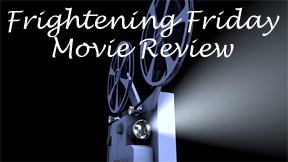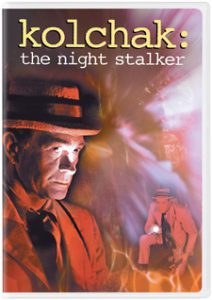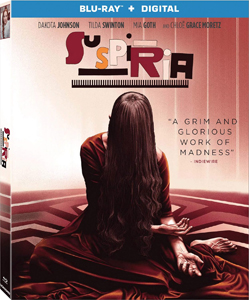As anecdotal evidence that movies used to be better in the old days, let me present Dario Argento’s “Suspiria” (1977) versus Luca Guadagnino’s “Suspiria” (2018). The newer one goes deeper into the logistics of the witch’s coven running the dance studio, presents the theme of an evil matriarchy more crisply, and lets us soak it all up for 2.5 hours (an hour more than the original). And yet it’s a lesser movie.
Guadagnino – again setting the action in 1977 Berlin — gives us much more information, yet we feel the bizarre disorientation a lot more in Argento’s film. I don’t begrudge Guadagnino for doing his own thing — a straight remake would be pointless – but the end product is blunter and the runtime comes off as egocentric rather than essential.
Dakota Johnson’s Susie is much more distant from the audience than Jessica Harper’s Suzy. After brief shyness about being an Ohio farmgirl rather than a highly trained dancer, Susie quickly acclimates to the studio and is even treated fairly well by evil or maybe-evil teachers such as Tilda Swinton’s Madame Blanc and Angela Winkler’s Miss Tanner. As such, her turn to the dark side is rather rote.

“Suspiria” (2018)
Director: Luca Guadagnino
Writers: David Kajganich (screenplay); Dario Argento, Daria Nicolodi (original screenplay)
Stars: Dakota Johnson, Mia Goth, Tilda Swinton
Not enough of Goth or the gothic
We’re left to Chloe Grace Moretz’s Patricia and Mia Goth’s Sara – plus outsider Dr. Klemperer (I won’t spoil who the actor is, so you can enjoy the surprise in the end credits) – to investigate. Patricia and Sara are thrown into doomed situations, and “Suspiria” doesn’t fully exploit the skills of Moretz and Goth. You might think the horror would be more subtle given the longer runtime, but much of it involves gore body horror of dancers being contorted into unnatural shapes via dark magic (admittedly well done by the actors and effects artists).
Guadagnino (“Challengers”) tries to get a grim mood out of Klemperer’s past – wherein it seems he lost his wife (Harper’s Anke) in the Holocaust (seemingly they are both Jewish, although it’s not explicitly stated) – and 1977 political unrest in the divided Germany. A viewer deeply versed in that time and place will grasp more of the tragic nuances.
The production design is strong, highlighted by the dance studio that’s a modern-gothic cathedral in downtown Berlin. It has cutting-edge architecture but also hidden spaces for the backroom votes and rituals.
“Suspiria’s” biggest chills, in the abstract, come from the fully adult witches dining or walking through the streets of a drab, non-stylized, uneasy Berlin, behaving like a gaggle of schoolgirls. Without the stylized colors and sounds of the ’77 version, the ’18 movie confronts us with a power structure that’s entirely made up of entitled women (indeed, this dance school has no male students), and they are just as evil as the world’s various patriarchies.

A longer runtime doesn’t necessarily mean a movie is full of itself, but that’s the case with “Suspiria” (2018). I really wanted to lose myself in an Argento-esque (or equally engrossing) world for 2.5 hours, but I never got the hook of a likeable audience surrogate or mesmerizing style. The witchery is upfront this time, and there are more dance sequences, and those would seem to address complaints about the original. But ultimately we’re still comparing a master class to a beginner’s class.

